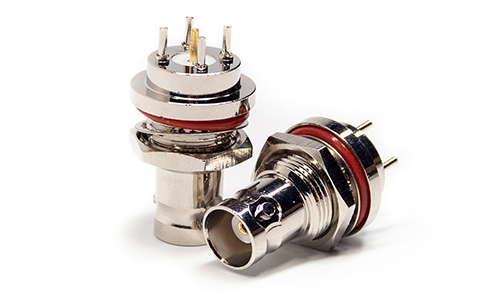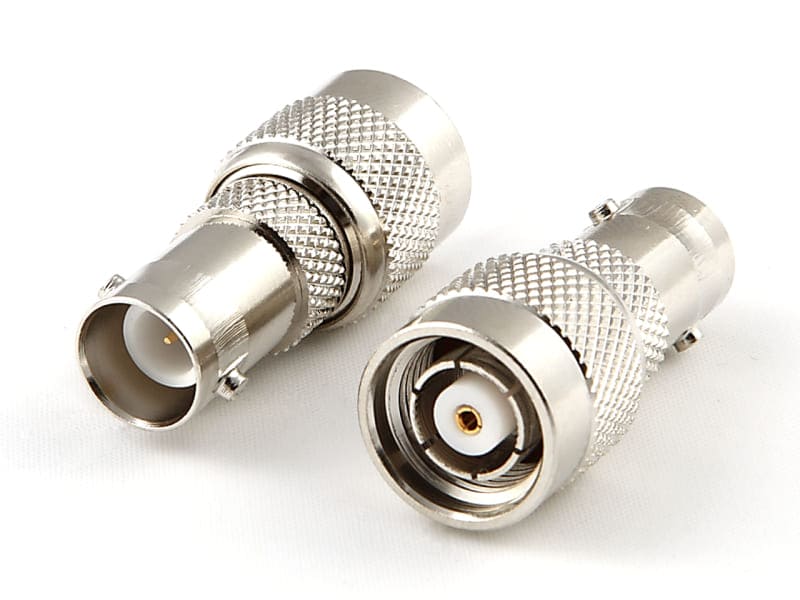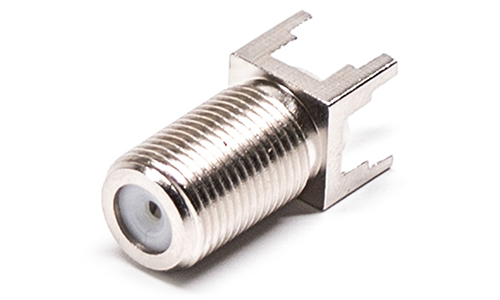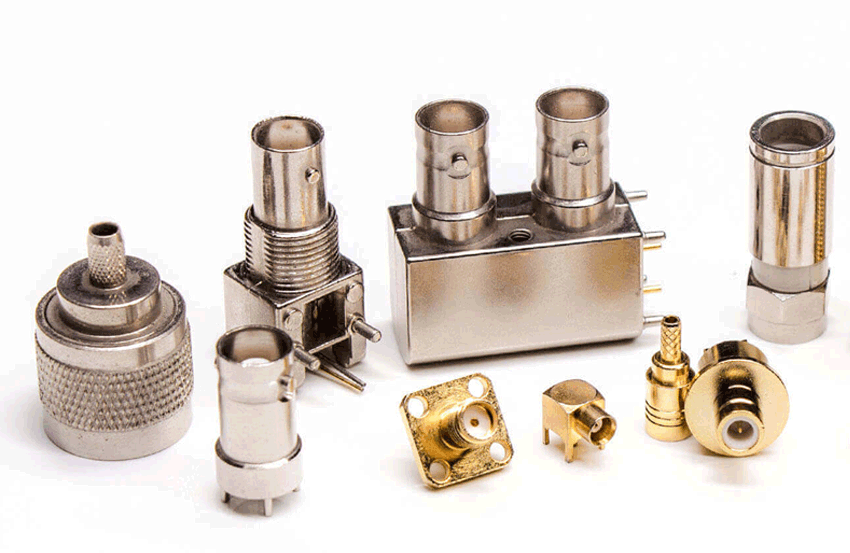BNC Connectors
The BNC coaxial connector, a widely used connector, was developed in the 1940s. The name “BNC” is derived from “Bayonet-Neill-Concelman,” with “Bayonet” referring to the bayonet-style connection method, and “Neill” and “Concelman” being the inventors of the N-type and C-type connectors, respectively. The BNC connector is essentially a compact version of the C-type connector, which features a bayonet-style connection similar to the N-type connector. Its standout feature is its user-friendly and quick connection, achieved by rotating the connecting sleeve less than a full turn. This design makes it particularly suitable for applications that require frequent connection and disconnection, and it’s renowned for its versatility and cost-effectiveness.

The BNC connector comes in two specifications: 50 ohms and 75 ohms, both of which can be readily paired. The 50 ohm BNC connector is suitable for applications up to 4GHz and finds widespread use in various fields, including networking, inspection equipment, computer peripherals, and monitoring systems. It plays a crucial role in instrumentation, network technology, and computer information systems, particularly in the realm of scientific instruments.
TNC Connectors

In contrast, the TNC coaxial connector was developed in the 1950s and is an acronym for “Threaded-Neill-Concelman.” The term “Threaded” signifies that this connector employs a threaded connection method, while “Neill” and “Concelman” are the creators of the N-type and C-type radio frequency coaxial connectors, respectively. TNC connectors were introduced as a solution to the problem of noise interference that BNC connectors experienced in vibrating environments. Essentially, the TNC is a threaded version of the BNC, offering a robust interface and supporting frequencies of up to 11GHz. Typical applications for TNC connectors are in Harsh Environment and aviation contexts, where they often operate in environments with considerable vibration.
F Connectors

Another notable connector is the F connector, a 75 ohm screw connection RF coaxial connector, commonly used in CATV (Cable Television) systems. It is primarily utilized to connect with RG59, RG6, and RG11 RF coaxial cables. F connectors come in two main structures: one-piece (without a crimping tube) and two-piece (with a crimping tube). These connectors are known for their cost-effectiveness and ease of installation, especially the one-piece structure.
There are also other small RF coaxial connector series, including SHV, MHV, and Mini-UHF, which cater to various specific applications and requirements within the field of radio frequency connectors.

